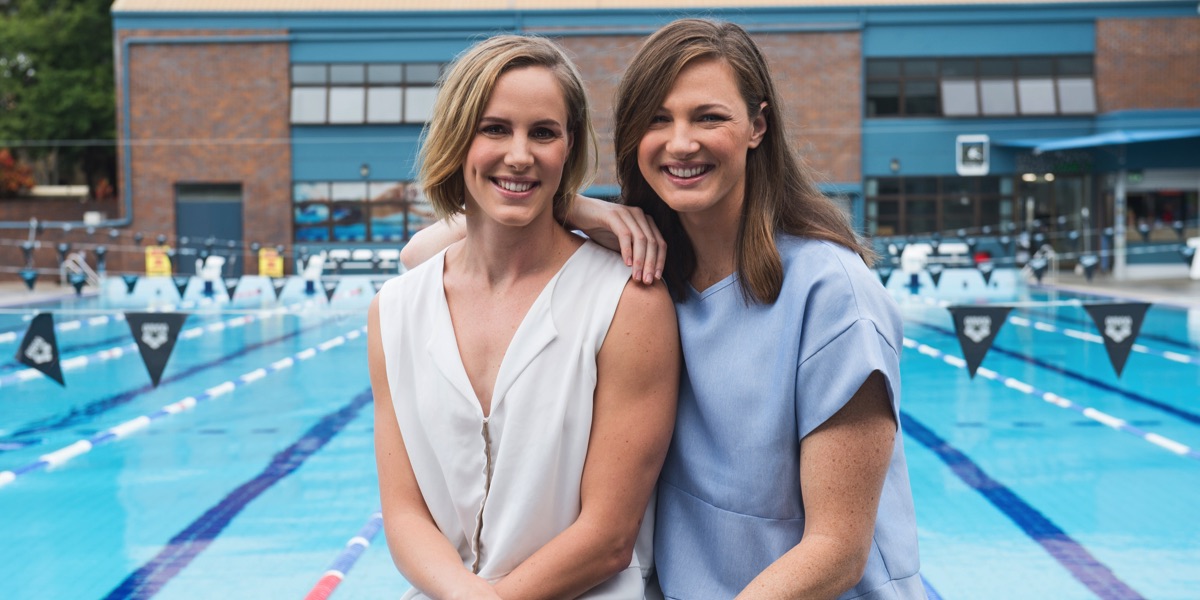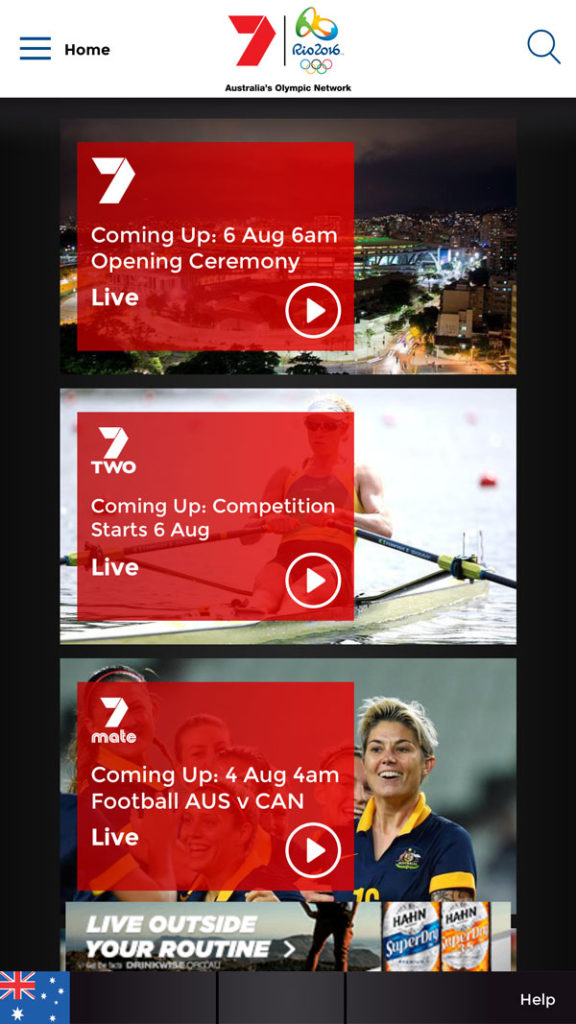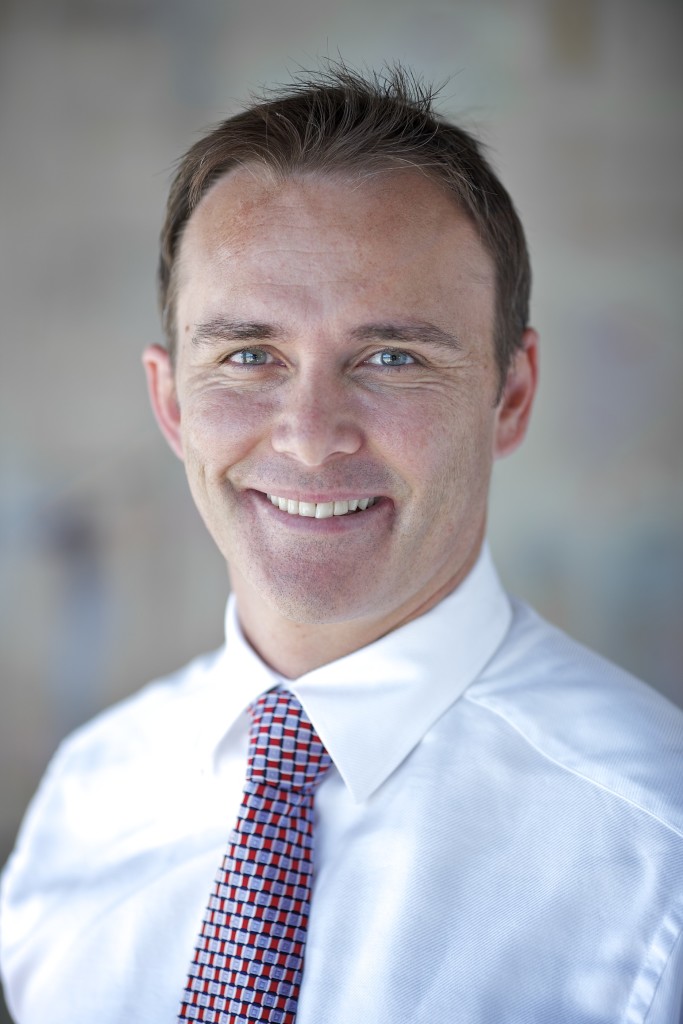Live stream viewing is absolutely front and centre for Seven’s 2016 Olympics coverage. While Seven promises up to 900 hours of Olympics coverage on its linear broadcasts, the network will not only be simulcasting that coverage through its mobile and web apps, but it will also live stream additional Olympics events.
ALSO: Seven network head of sport Saul Shtein on the scale of the 2016 Olympics broadcast
The scale that Seven is working at with its coverage is impressive. Even broadcasting wall-to-wall Olympics coverage on Seven, 7TWO and 7mate, the network will still not be able to cover the absolute breadth of events taking place throughout the 16 days of competition. Seven’s commitment to 900 broadcast hours is up from the 300 hours previously broadcast by Nine for the London 2012 Olympics, but viewers seeking more coverage will be well served by the Olympics on 7 app, which will be available on mobile, connected TV and virtual reality devices. Seven promises that every sport and every session of the Olympics will be streamed live for viewers through the app.
“Some of the greatest complaints that we get out of the Olympics are comments like ‘you’re not showing the sport I love’… Now we can answer that” – Kurt Burnette
With a freemium model in place, Seven promises approximately 1,200 hours of Olympics coverage will be available free for viewers to stream, but even more will be available to viewers who make a one-off subscription to access the full content on the Olympics on 7 app.
Seven digital chief Clive Dickens advised Mediaweek, “There is going to be so much choice with up to 36 different things to watch. It should capture your imagination, regardless of your interests. If you are into your BMX, athletics… There are 3,250 hours of total live sports to watch. You would need to stay awake for about 20 hours a day.”
Kurt Burnette, Seven’s revenue chief, was enthused about the opportunities that the premium subscription service will offer: “There are another 3,000 hours in total behind the paywall. That just represents the evolution of where we’re going as a media organisation. The subscription side of the business allows us to have a better handle on the consumer because we’re talking about somebody who is paying to be a part of an incredible amount of value through every sport.
“It means that we can also understand what they’re doing when they are in that environment – what sports they’re watching, how long they’re spending on their screen of choice, and how they’re consuming the content we’re serving in a whole new way. The subscription part of it was not about the revenue generation, but it was the data collection.”
Burnette explained that they explored alternative ways to deliver their digital offer, and the subscription model “is the one we felt best serves the needs of the customer and also our financial needs.”
The launch last year of Netflix into the Australian market has softened up Australian viewers who may previously have been reluctant to pay money to a video on demand service. Australia is still a relatively immature SVOD market.
“Certainly having Netflix, Presto, Stan and Fetch TV has been beneficial. And Apple has obviously been here for a while as well. There are so many players now with subscription on demand services, a lot of Australians are used to paying for content if they see value in it. That was helpful in the decision-making process. For the sake of $19.95, we believe Australians will pay for that right.
“Some of the greatest complaints that we get out of the Olympics are comments like ‘you’re not showing the sport I love’, ‘you’re not showing the country’, ‘you’re not showing enough of that medal moment’. This proposition means those complaints will be nonexistent because this gives the consumers the opportunity to do all of the things that they have asked for. We’ve done enough Games to know that those are the regular questions we get asked. Now we can answer that. This is the way of the future,” Burnette explained.
With most of the major events taking place between 6am and midday AEST locally, a lot of Australians will be turning to their mobile phone to watch many of the key events. For Seven, one of the biggest struggles broadcasting the Olympics will be making sure that mobile phone towers in heavily populated areas will be able to handle the unexpected volume of viewers wanting to live stream high definition video.
Dickens revealed that while network connectivity issues are beyond the control of Seven, “we’ve been working with the providers to try to at least give them an understanding of what type of volume we’re planning. Unplanned consumption is the biggest evil in network testing.”
If it hadn’t been for the experience Seven built in broadcasting other large-scale sporting events, Dickens admits that he wouldn’t be feeling as confident as he does today that everything would be working. This is technology that Seven has refined in its deployment through large-scale sporting events in recent years, such as the Melbourne Cup, golf, swimming and tennis events like the Australian Open.
“There have been stepping stones,” Dickens explained. “We’re planning to deliver over 14 million streams in three weeks. It’s been about that journey.”



